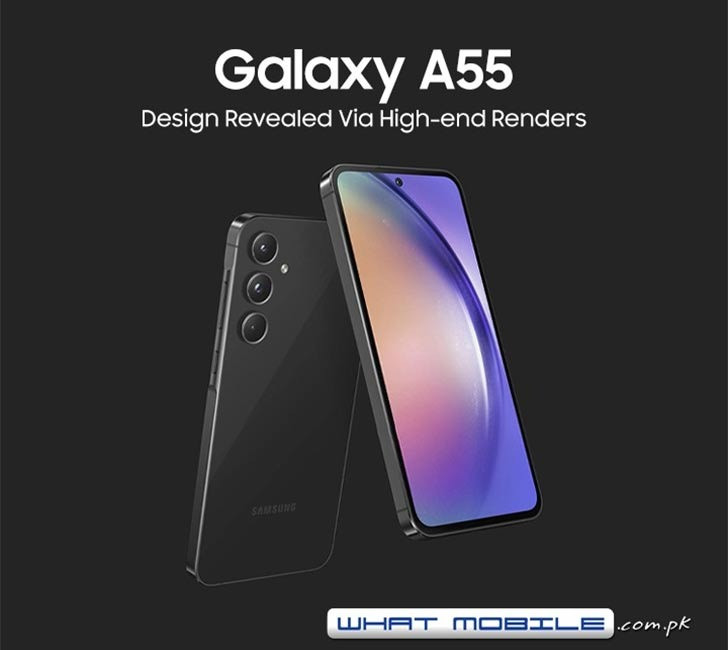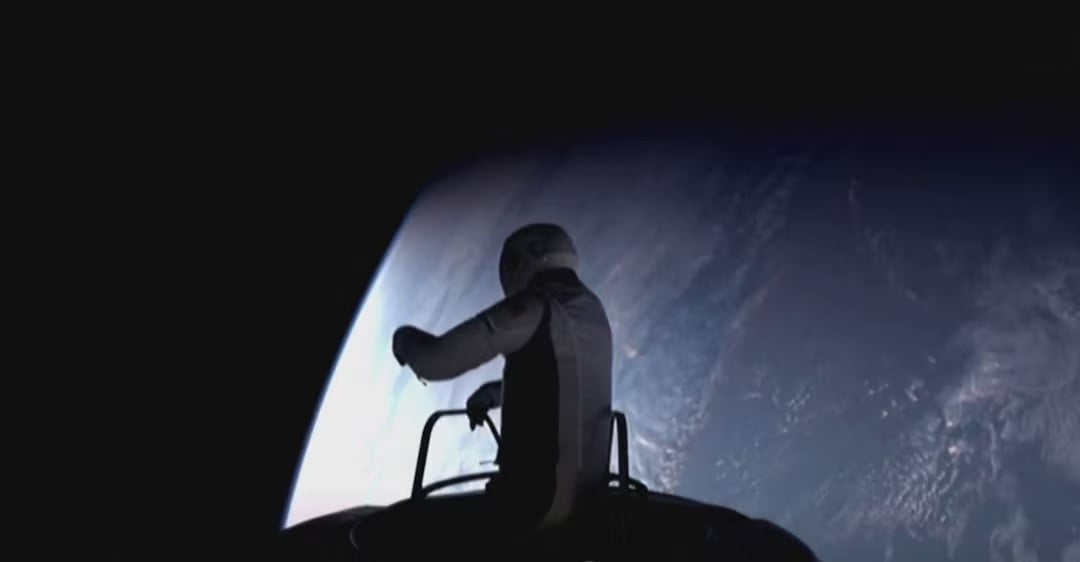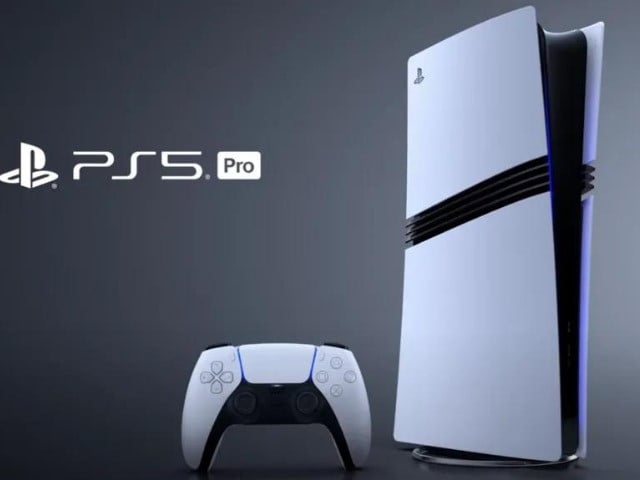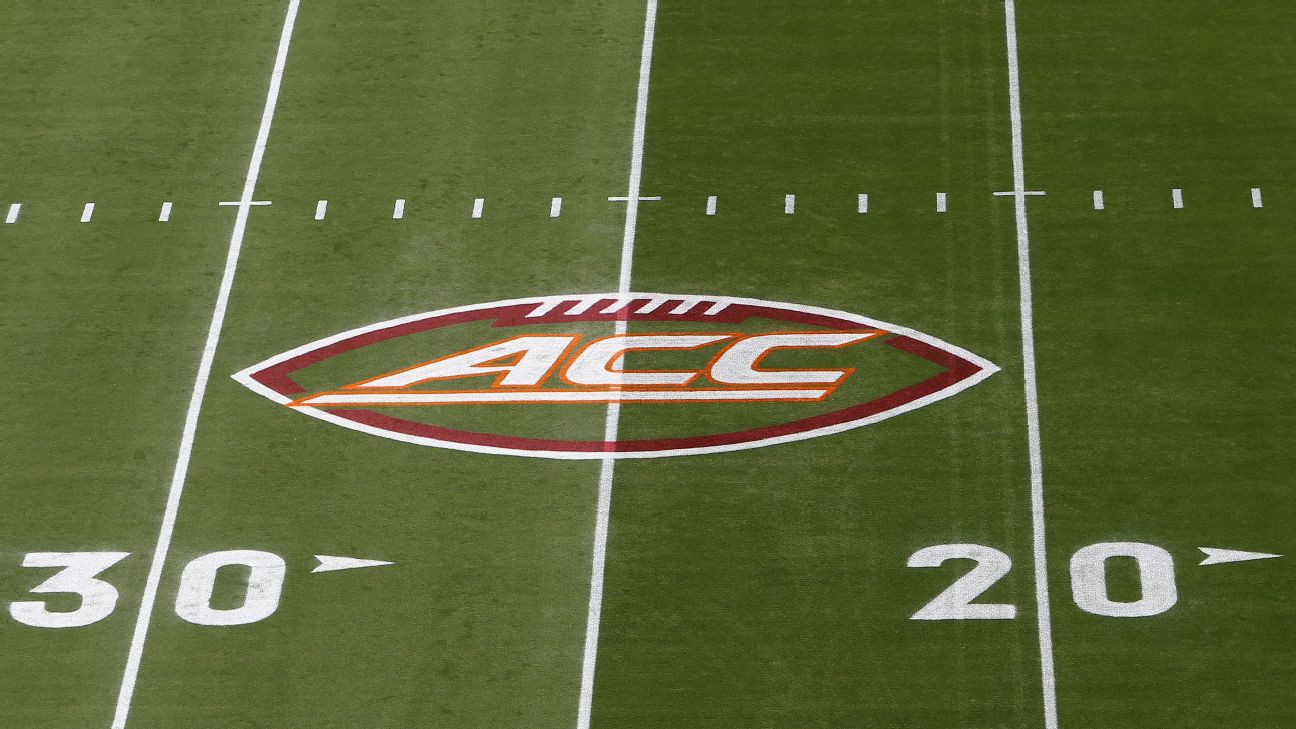SAN FRANCISCO:
How long can Nvidia (NVDA.O) and its CEO, Jensen Huang, wear the crown as the tech world’s dominant supplier of artificial-intelligence chips?
Whether it is months, years or decades, the question will be key when Huang – who co-founded Nvidia in 1993 and has been CEO ever since – sets foot on the stage of a Silicon Valley hockey arena on Monday to unveil new flagship products.
The occasion is the company’s annual developer conference, the first to be held in person since the pandemic. Nvidia expects 16,000 people to attend its GTC event live, roughly double the number who went to the 2019 show in person.
Nvidia’s market capitalisation topped $2 trillion in late February, and it is now a “mere” $400 billion away from eclipsing Apple (AAPL.O) as Wall Street’s second-most valuable company, behind stock market leader Microsoft (MSFT.O).
Analysts expect Nvidia’s revenue to soar 81% this year to $110 billion as companies snap up its top-of-the-line chips by the tens of thousands to power chatbots, image generators and other AI systems.
That is double the sales that analysts expect from Intel (INTC.O), the chipmaker that dominated the personal computer boom. The question for Nvidia is whether it can parlay its recent, massive lead in AI computing into long-term dominance of a new era of computing.
Read also: Nvidia pursues $30 billion custom chip opportunity with new unit
At the centre of that effort will be Nvidia’s next generation of high-end AI processor, which analysts expect to be called the B100. The chip will sit at the centre of the AI systems that Nvidia sells and will likely start shipping later this year.
Demand for Nvidia’s current AI chips has outstripped supply, with software developers waiting months for a chance to use AI-optimised computers at cloud providers.
Nvidia is unlikely to give specific pricing, but the B100 is likely to cost more than its predecessor, which sells for upwards of $20,000.
Nvidia’s stock has surged 83% in 2024 after more than tripling last year. Even after that meteoric rally, Nvidia is trading at 34 times its expected earnings, cheap compared with its PE of 58 a year ago, according to LSEG data.
That decline in Nvidia’s PE valuation is the result of analysts massively increasing their estimates of the chipmaker’s future earnings, and if those forecasts turn out to be too optimistic, Nvidia’s stock risks plummeting back to earth.
Read: Nvidia closes with $2 trillion valuation as Dell stokes AI rally
The shares dipped 1.1% to close at $908.88 on Wednesday.
“The biggest concern is the numbers have just gotten so big, so quickly, you just worry they can’t last,” Bernstein analyst Stacy Rasgon said of Nvidia’s recent financial performance. “The more new products they’ve got coming out at higher performance and higher prices, the more runway they have.”
Nvidia will also likely introduce a raft of updates to its software known as CUDA, which provides tools for developers to run their AI programs on its chips, helping keep developers tied to Nvidia’s chips. CUDA makes it harder to switch to components sold by rivals like Advanced Mirco Devices (AMD.O) and in-house chips offered by Microsoft and Alphabet’s (GOOGL.O) Google.
Nvidia last year started offering its chips and software as a cloud service to developers, and analysts are monitoring how the company expands that effort.
“The services side is really a software play,” said Ryan Shrout of chip analysis firm Shrout Research. He said analysts will closely observe whether cloud and software providers are “possibly getting nervous about Nvidia playing in their playground.”
China business
Another critical question is whether Santa Clara, California-based Nvidia will establish a definitive technology advantage over Chinese rivals. Washington has cut off China’s access to Nvidia’s most advanced chips, and China has responded with chips from Huawei Technologies Co (HWT.UL) that rival the performance of Nvidia’s A100 chip released in 2020.
No Chinese company has yet claimed to match Nvidia’s current flagship H100 chip released in 2022, and China-watchers expect the forthcoming B100 to leave China further behind.
“When the government developed these controls, they knew very well that companies like Nvidia would be on an almost annual basis making improvements in their silicon, their software coding and their application stack,” said Jimmy Goodrich, an expert on China and semiconductors. “Over time, that gap will just become exponentially larger.”


 Technology6 مہینے ago
Technology6 مہینے ago
 Pakistan7 مہینے ago
Pakistan7 مہینے ago
 Sports6 مہینے ago
Sports6 مہینے ago
 Pakistan6 مہینے ago
Pakistan6 مہینے ago
 Entertainment6 مہینے ago
Entertainment6 مہینے ago
 Pakistan6 مہینے ago
Pakistan6 مہینے ago
 Sports5 مہینے ago
Sports5 مہینے ago
 Entertainment6 مہینے ago
Entertainment6 مہینے ago


1725781073-0/Untitled-design-(3)1725781073-0.jpg)






1726134115-0/BeFunk_-(41)1726134115-0.jpg)




